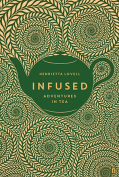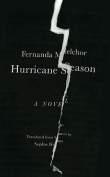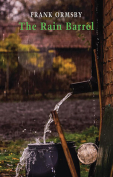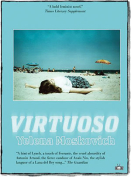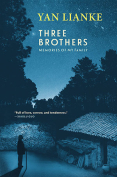Infused: Adventures in Tea by Henrietta Lovell
 London. Faber & Faber. 2019. 239 pages.
London. Faber & Faber. 2019. 239 pages.
“WHAT IS NORMAL tea?” Henrietta Lovell, the founder of the Rare Tea Company, wants you to reflect on this question. Hers is a white silver tip from China, a delicate creamy-leaning white tea. If the only tea you are familiar with involves steeping tea bags, this book is for you.
Lovell’s epicurean quest to bring artisan tea closer to a Western audience is masterfully achieved in Infused: Adventures in Tea. Her book narrates a poetic stroll through countries, terroirs, cultures, and encounters, to (re)discover the leaves in the bag. Loose leaves. She laments how consumers have mostly experienced tea in its bitter and overly astringent form, having to sprinkle all kinds of enhancements to round its taste, an unchallenged relic from World War II rationing. Just as granular instant coffee may never compare with the third-wave specialty coffee movement, there is an infinite hiatus between the “fannings,” the low-grade dust from the camellia sinensis plant, and artisan tea.
The book is not a scholarly treatise nor an exhaustive catalog. You may reach for the classic Tea: History, Terroirs, Varieties, by Kevin Gascoyne, François Marchand, Jasmin Desharnais, and Hugo Americi, for a deeper dive. Yet Infused: Adventures in Tea is both refreshingly accessible and personal. It exposes Lovell’s story with tea, her interaction with the plant and the astonishing world it opened, from Hollywood to Malawian tea farms, and more. Lovell shares her passion with incredible love and generosity. “I never un-love,” she says, and it is contagious. The readers are bound to develop a different and mindful appreciation for the cup.
The author leaned on tea to overcome the most difficult moments of her life, recalled in moving pages. Her homage is one of endless curiosity and gratitude for the people behind the transnational beverage, pluckers to masters, crafters of artistic renditions. The same cup can never be drunk twice for it relies on a myriad of interdependent elements and steps. It is perhaps this richness that ought to be the book’s main resonance. Raising a cup (or two) to an ebullient and gourmand read.
Farah Abdessamad
New York





